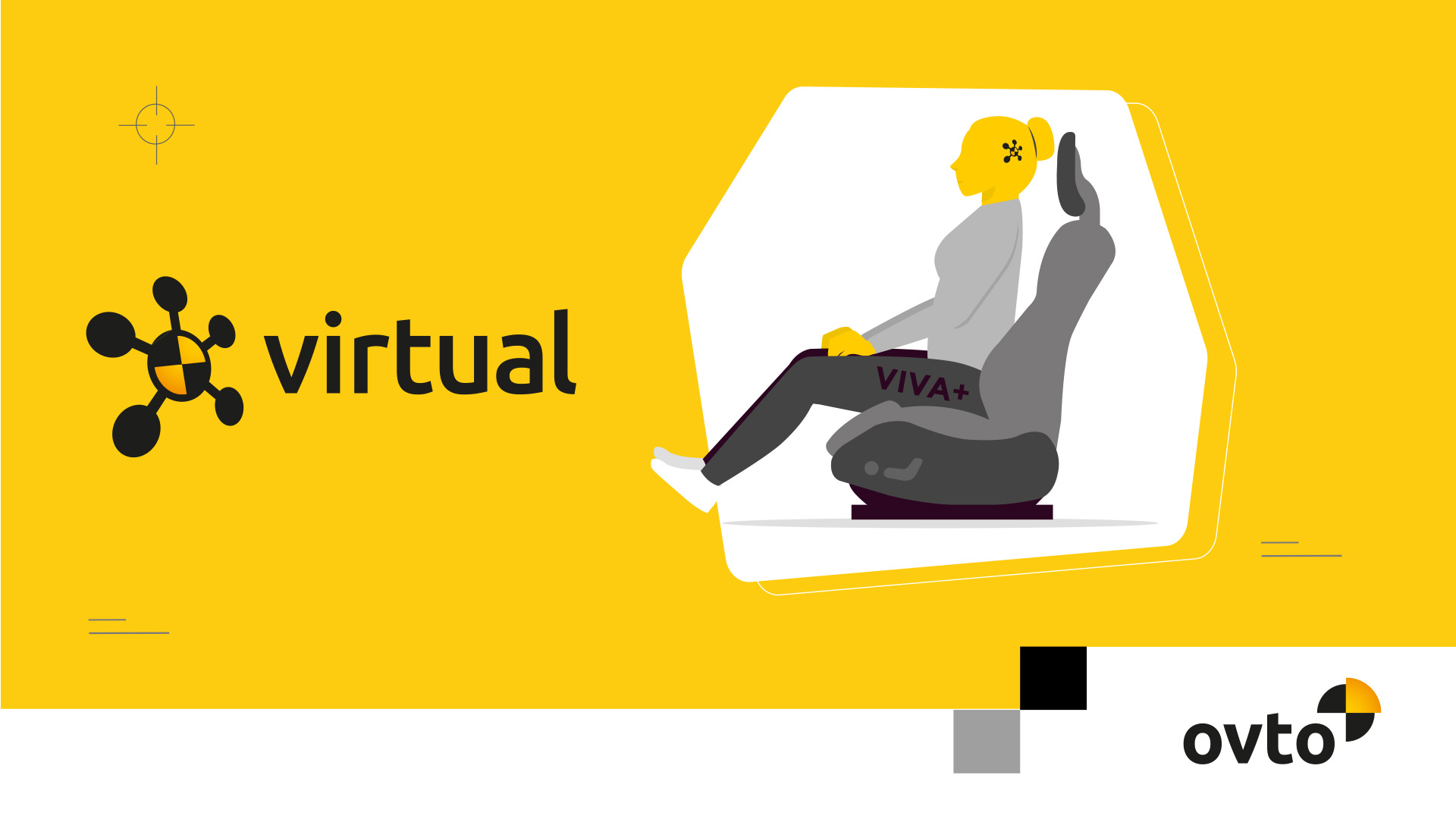Road casualties are still an important cause of death in Europe. There is a clear need for further efforts to achieve the objective of zero road traffic fatalities and severe injuries (while increasing safe, healthy, equitable mobility for all) in the EU by 2050; Vision Zero. The JRC (Joint Research Centre) Science for Policy report on ‘Research and Innovation in Transport Safety and Resilience in Europe’ offers a comprehensive quantitative overview and qualitative analysis of R&I activities in fundamental aspects of transport and mobility. It aims to provide evidence-based scientific support to the European policymaking process.
Some findings in the report, focusing on our research topic, can be found below:
Findings in a nutshell
For road safety, the 47 reviewed projects primarily address safe vehicle technologies and driving behaviour. Driver assistance systems (ADAS), vulnerable road users (VRU) detection and avoidance, driver fitness and distraction monitoring (DMS) and alert, received most attention.
Virtual Testing
Virtual Testing (VT) is a powerful tool which can improve safety standards, enhance analysis of dangerous situations, and help to cover larger number of assessed dangerous situations. It facilitates safety data collection and enhances modelling capacities to cover road situations for which gathering data in real world conditions is hard or even not possible. Human body models (HBM), known as physical crash test dummies or anthropomorphic test devices, do not cover all the heterogeneity human bodies have. Virtual testing and digital human body models enable to expand tests to consider all the human variety, including gender, age and other demographic factors or physical characteristics. It also facilitates to conduct safety tests focusing on demographic groups, e.g., kids or older adults or previously underrepresented road users, e.g., pedestrians, cyclists, moped users, or motorcyclists.
The recent research and innovation (R&I) activities have concentrated on the development of digital human body models, encompassing various body characteristics such as gender, age, and physical dimensions. These endeavours have also involved the collection and analysis of data from traffic accidents, with the objective of enhancing our comprehension of such incidents. These initiatives aim to understand and assess the individual and collective behaviour of all actors involved in accidents, including drivers, other vehicle occupants, cyclists, motorcyclists, and pedestrians. By employing these methods, the projects seek to improve our understanding of traffic accidents and contribute to the development of effective strategies for accident prevention and mitigation.
Project review
The VIRTUAL project created an open virtual testing platform (https://openvt.eu) with a broad collection of open-source human body models. The project also paired virtual and physical human body models for crash testing in order validate virtual testing results. The models include male and female bodies, as well different model positions – seating pedestrian, cyclist and standing occupants. The latter is particularly important for safety virtual testing of public transport users. The project developed also pre-crash seated postures for Automated Driving. All the models, together with a document on various accident and impact scenarios for pedestrians and cyclists is openly accessible through the project web platform.
VT will also enhance safety certification procedures, as projects showed that virtual human body models can complement the traditionally used crash test dummies and extend the coverage of variety of human body types in the testing procedures. Research and innovation can provide pathways for the implementation of developed solutions into crash safety certification procedures of future vehicles.
Simulation and VT allow to generate plausible traffic use cases and outcomes, with a great potential for safe design and certification of vehicles and infrastructure. Safety data collection and processing improve the understanding of causalities in incidents and accidents, and pinpoint the conditions that policy, R&I and industry need to focus on. Performance indicators extracted from safety data allow to benchmark progress.
Outlook
Looking ahead – within our research domain – for road safety, R&I can contribute, e.g.:
- To further explore the combined benefits of technological innovations with non-technological measures, such as speed reduction, dedicated lanes, behavioural cues, visibility and protection gear for vulnerable road users, and training and awareness campaigns.
- To Virtual Testing: mass calculations will help pinpoint with increased precision the areas that require attention in research, vehicle design, and policy. For the latter, scenario-based decision making will improve transport and infrastructure planning, and road user training. Virtual testing can allow to investigate the combination of measures with optimal outcomes at different conditions, such as traffic, weather and time of the day, visibility, road adherence, and mental and physical state of the actors, including drivers and all road users.
- To Virtual testing, as this will also enhance safety certification procedures, as projects showed that virtual human body models can complement the traditionally used crash test dummies and extend the coverage of variety of human body types in the testing procedures. Research and innovation can provide pathways for the implementation of developed solutions into crash safety certification procedures of future vehicles.
If you’re interested to read more, download the report »
European Commission, Joint Research Centre, Cheimariotis, I., Stepniak, M., Gkoumas, K. et al., Research and innovation in transport safety and resilience in Europe – An assessment based on the Transport Research and Innovation Monitoring and Information System (TRIMIS), Publications Office of the European Union, 2023, https://data.europa.eu/doi/10.2760/951717

